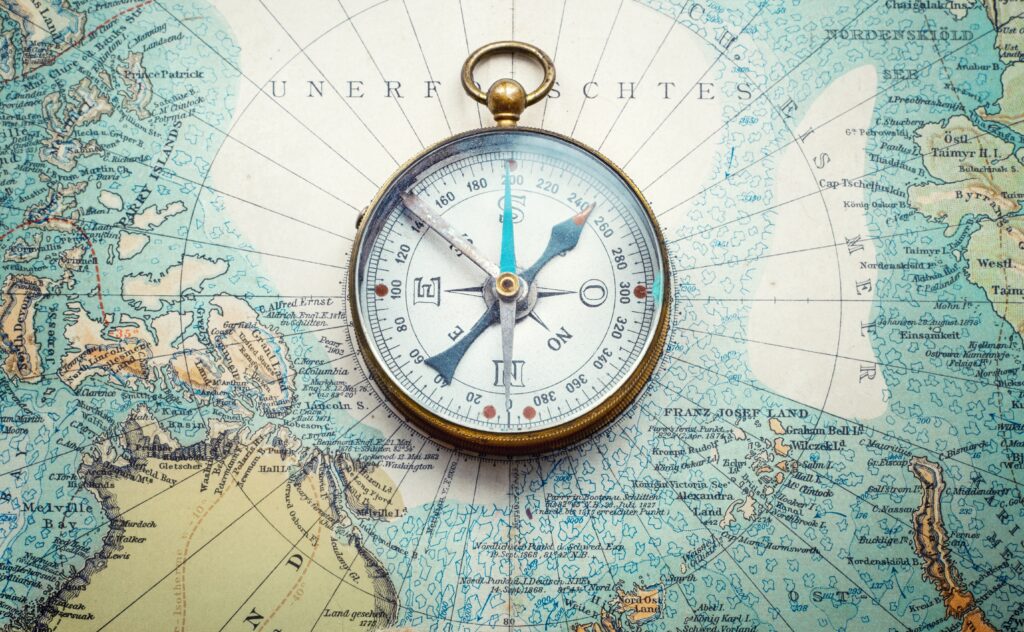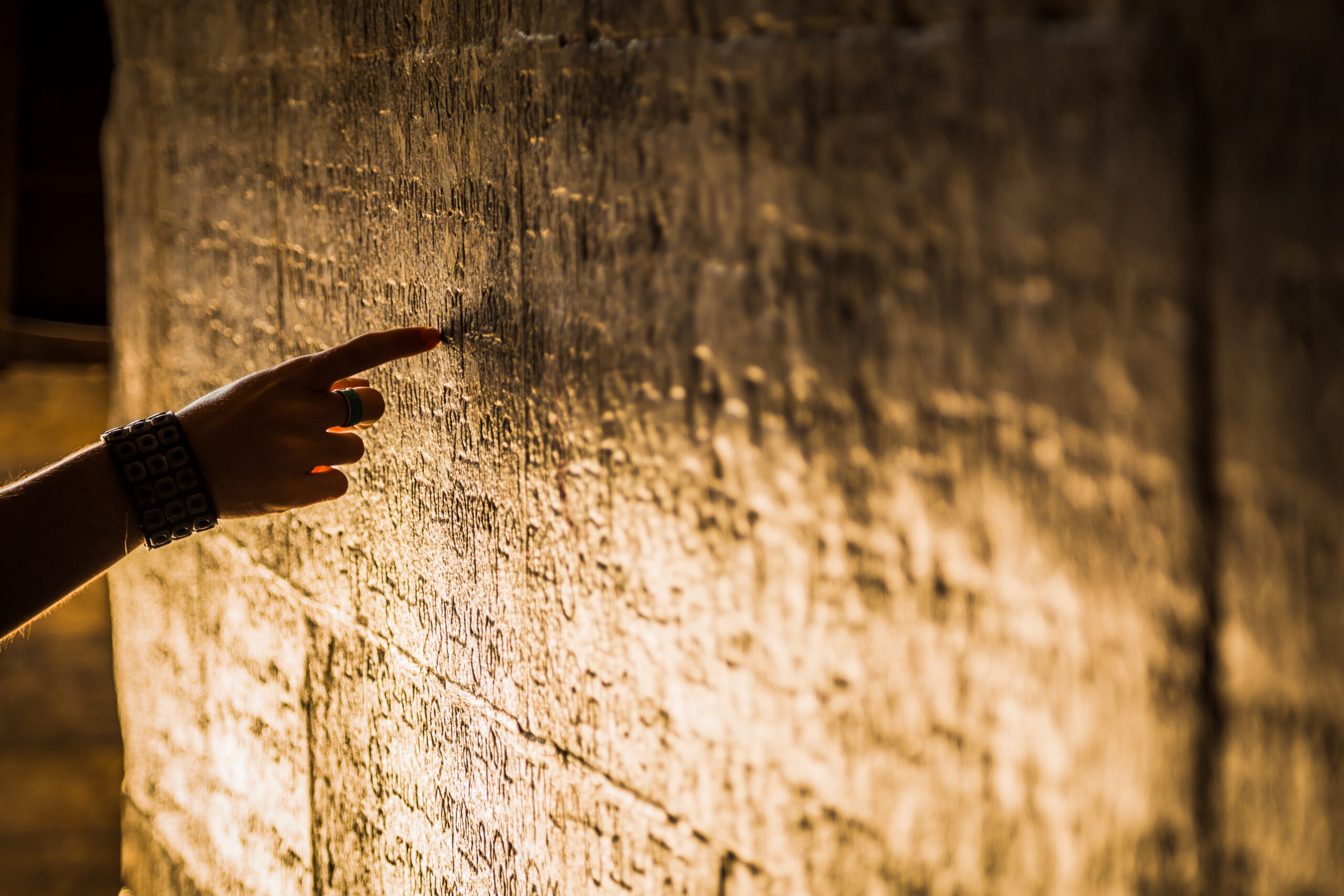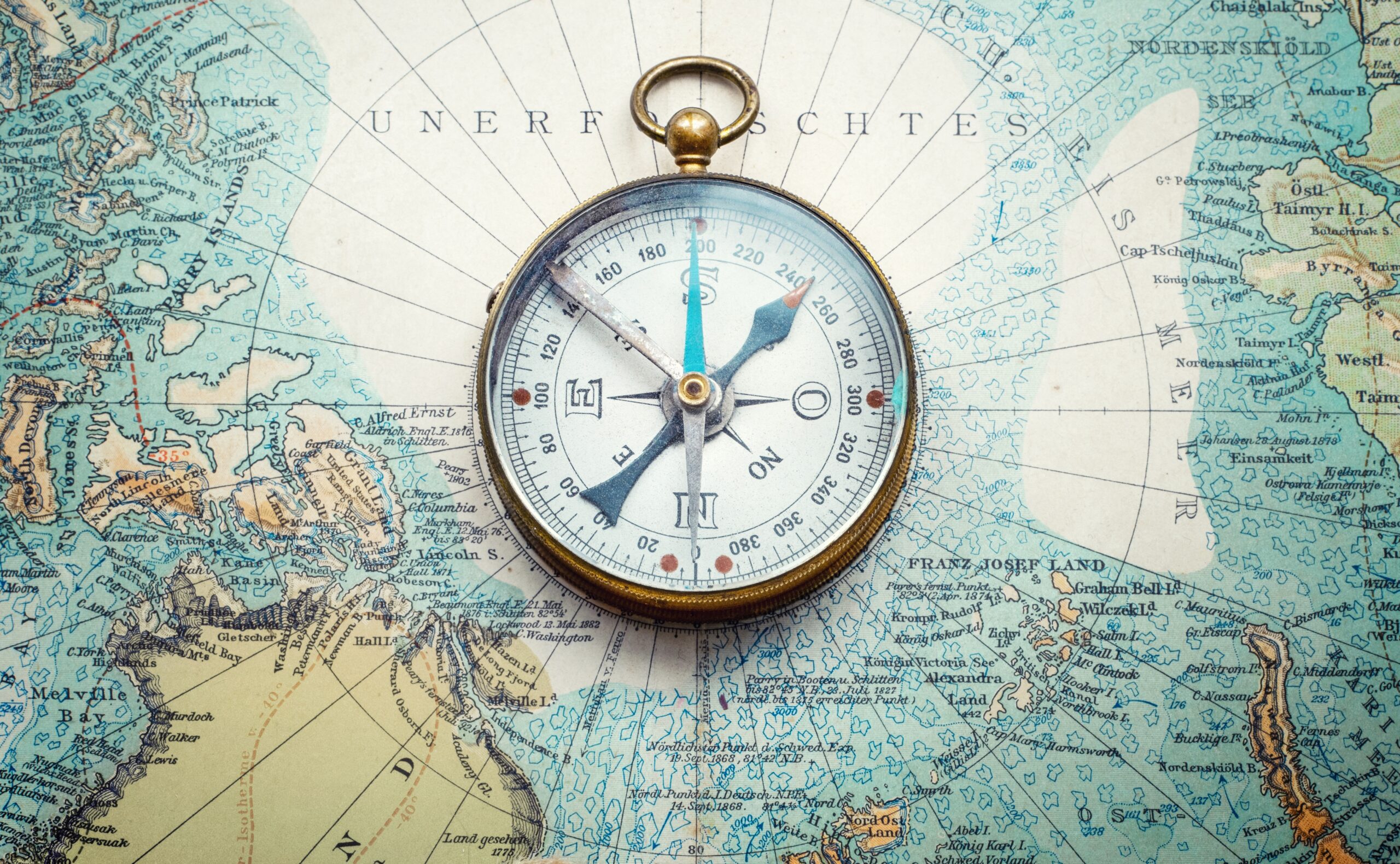Maps are more than lines, labels, and legends—they are mirrors of the mind. When ancient cartographers set their hands to parchment or stone, they weren’t just drawing the world as it was; they were shaping it as they saw it. Every curve of coastline, every creature at the edge of the known world, every missing piece was filled not just with guesswork but with worldview. To study ancient maps is to study how entire civilizations perceived reality—what they valued, feared, believed, and imagined.

Outline
- The Map as a Mirror of Meaning
- Sacred Geometry and Symbolism in Cartography
- The Known vs. the Unknown: What Gets Left Out
- Power and Perspective: Who Gets to Draw the World?
- Case Study: The Hereford Mappa Mundi
- Why Ancient Maps Still Matter
- FAQs
The Map as a Mirror of Meaning
In our modern world, maps are tools of precision—GPS coordinates, satellite imagery, exact borders. But for most of human history, maps were philosophical and spiritual documents. They offered not only spatial orientation but also existential placement. In many early maps, the center wasn’t the equator—it was us. Whether that “us” was a kingdom, a holy city, or the heart of an empire, the center of the map revealed the center of belief.
Take ancient Babylonian maps: the world was shown as a disk, surrounded by cosmic waters, with Babylon firmly at its center. This wasn’t arrogance—it was cosmology. The map did not reflect objective geography but subjective meaning.
Sacred Geometry and Symbolism in Cartography
Ancient maps often encoded more than geography—they embedded sacred truths. Many civilizations believed the layout of the world was guided by divine geometry. Circles, triangles, and symmetrical patterns were not only aesthetically pleasing but spiritually significant.
For example:
- Mandala-like worldviews in Hindu and Buddhist cosmologies represented the universe as a series of concentric circles, with Mount Meru at the center.
- Medieval Christian maps, especially the T-O maps, divided the world into three parts: Asia, Europe, and Africa—reflecting theological triads rather than real geography.
These choices reveal a crucial truth: ancient cartographers were less concerned with distance and more concerned with meaning. Their maps were not about where you were, but why you were there.
The Known vs. the Unknown: What Gets Left Out
Where knowledge ended, imagination began.
Unmapped spaces weren’t left blank; they were filled with monsters, legends, and warnings. In the margins of medieval maps, one might find:
- Sea serpents
- Dog-headed men
- “Here be dragons”
This wasn’t mere superstition. These illustrations acted as boundary markers between the safe and the unknowable. In some cases, they even embodied moral tales about the consequences of wandering too far from the familiar.
Power and Perspective: Who Gets to Draw the World?
Maps are never neutral.
They carry the voice of the mapmaker—and that voice is often the voice of power. The decision to place a city in the center, enlarge a kingdom, or omit a people altogether was political as much as practical. In the Roman Empire, maps often reflected imperial reach, reinforcing the image of a world under Roman order.
This raises a compelling question: Were maps made to reflect the world, or to control how it was perceived?
Case Study: The Hereford Mappa Mundi
One of the most fascinating surviving examples is the Hereford Mappa Mundi, created around 1300. This map, nearly 1.6 meters wide, is less a geographical tool than a theological and symbolic portrait of the world.
- Jerusalem sits at the center—axis mundi, the spiritual axis.
- The east is at the top, reflecting a divine orientation.
- Biblical events, mythological creatures, and classical history all coexist on the same surface.
It’s a visual encyclopedia, a worldview etched in ink.
Why Ancient Maps Still Matter
Today’s maps may be accurate, but they’re also cold. They chart coordinates, not convictions.
Ancient maps remind us that the way we represent the world reflects the way we interpret it. We are always mapping more than terrain—we’re mapping values, fears, dreams.
In a time obsessed with the factual, these old cartographies whisper a quiet truth: understanding the world has always meant interpreting it.

FAQs
1. Why did ancient maps place Jerusalem or other cities at the center?
Ancient maps reflected religious and cultural worldviews. Placing Jerusalem, Babylon, or other sacred cities at the center symbolized their perceived spiritual or political centrality.
2. Were ancient maps accurate in terms of geography?
Many ancient maps were not geographically accurate by modern standards. Accuracy was often secondary to symbolism, theology, or myth.
3. What is the most famous example of a symbolic medieval map?
The Hereford Mappa Mundi is one of the best-known symbolic maps, blending geography with theology, mythology, and history into a single, richly illustrated vision of the world.








